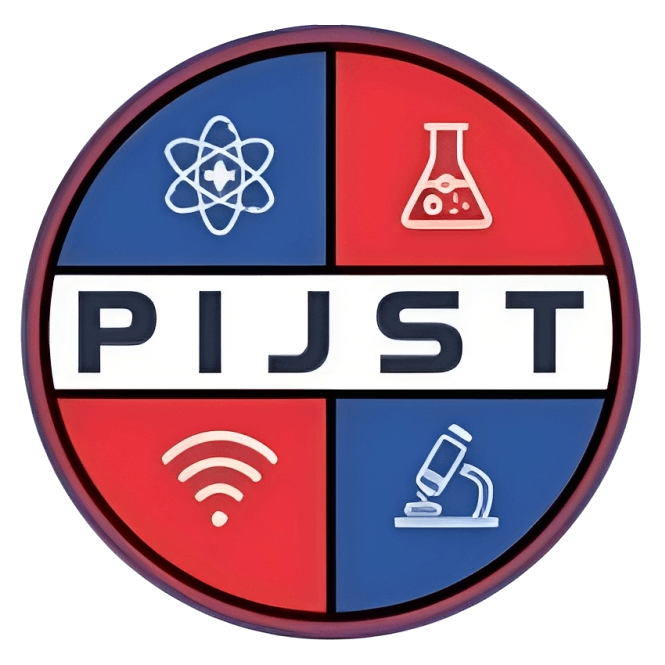Role of Molecular tools in unravelling the cryptic characteristics of termites
Published Date: 10-07-2024 Issue: Vol. 1 No. 7 (2024): July 2024 Published Paper PDF: Download
Abstract- Termites, as cryptic organisms, pose significant challenges to traditional methods of species identification and behavior analysis due to their morphological similarities, hidden habitats, and complex social structures. Molecular tools have emerged as transformative techniques for unraveling the cryptic characteristics of termites, aiding in taxonomy, phylogenetics, and population genetics. This research paper explores the pivotal role of molecular approaches, such as DNA barcoding, mitochondrial markers, and genome sequencing, in uncovering termite species diversity and evolutionary relationships. Molecular tools not only enhance the identification of cryptic species but also provide insight into caste differentiation, social behavior, and colony structure. Advanced techniques like transcriptomics and genomics have shed light on termite physiological adaptations, such as cellulose digestion and symbiosis with gut microbes, which are critical for their ecological roles. Additionally, molecular diagnostics offer innovative solutions for termite pest management by identifying genetic markers linked to pesticide resistance and targeting specific species for control measures. This paper reviews key molecular methodologies applied to termites, discusses case studies, and explores future directions in termite research, emphasizing the significance of these tools in understanding termite biology and ecological impact.
Keywords: Termites, molecular tools, cryptic species, phylogenetics, genomics, caste differentiation, population genetics, pest management, ecological role.
 : 10.62796/pijst
: 10.62796/pijst